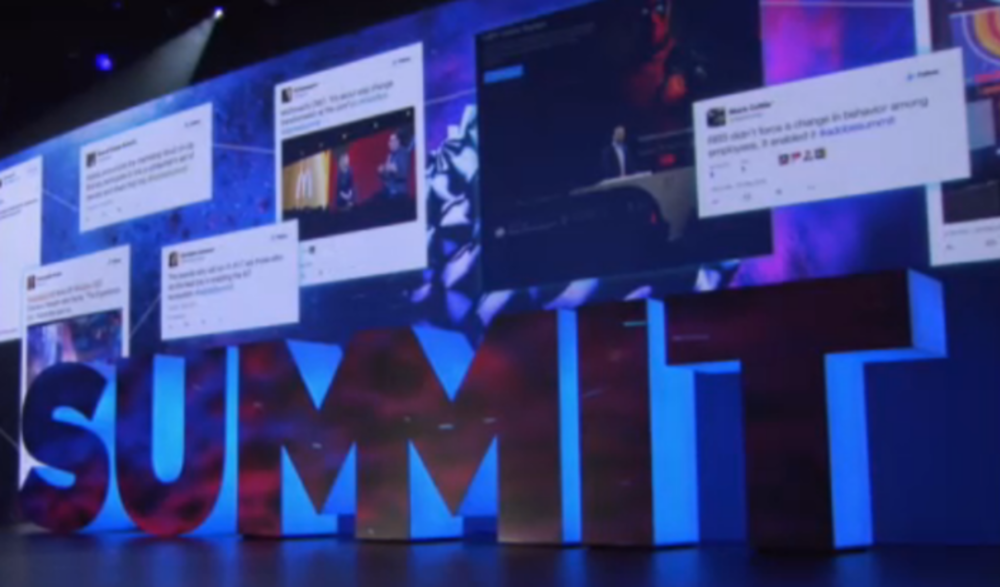At its 2016 Adobe Summit in Las Vegas this week, Adobe announced that it would join the growing number of data-driven solutions providers to attempt to untangle the cross-channel metrics mess with a second-party data cooperative. Being Adobe, however, it promised its solution would be bigger, better, and more powerful than the others.
Adobe’s entry certainly has a bigger name. The Adobe Marketing Cloud Device Co-op will share encrypted log-in data among its members that identifies individuals and households without divulging personally identifiable information. A partnership with comScore, the company maintains, gives its second-party solution better reach across and beyond Web screens into television.
In his keynote address at the Adobe Summit, EVP and GM of Digital Brad Rencher declared that the data co-op takes the marketing tech stack to a new level. “We’ve been marketing to devices, not people…bringing discrete experiences to individual devices, not a consistent experience to individual customers across all of their devices,” he said. “We need to go from device-based marketing to people-based marketing.”
Asa Whillock, Adobe’s “Identity Czar” explained further: “How do we ID people? A common log-in. But the problem is that there are so few log-ins; so, nine out of 10 times marketers can’t ID people across devices. The co-op is designed to resolve this and ID people across all their devices.”
Adobe wouldn’t reveal the charter members of its data co-op, but predicted participation levels that would eventually provide it access to 1.2 billion devices. Certainly, client prospects for the business are favorable. The company’s marketing cloud accounted for $1.36 billion in sales last year and Adobe estimated that two thirds of the Fortune 500 use at least one of its marketing applications.
Other cross-channel metrics providers welcome the scale that Adobe brings to the second-party data party. “We’re in full support of all technology that helps connect users across devices,” says Heather Blank, SVP of MediaMath’s new Helix unit, a second-party data co-op involving a third of the top 100 retailers in the U.S. “Adobe’s efforts in this area will help ensure that user behavior in Helix is collected in a customer-centric way, regardless of device. It will help to create better targeting strategies and optimize media spend.”
In agreement is Steve Finnern, COO of Cue Connect, a platform that allows retailers to engage with shoppers across channels and devices. “This coordination by a brand like Adobe is a clear indication that the cross-device challenge is very real and something marketers need to be thinking about and addressing further.”
But George Corugedo, CTO of RedPoint Global, wonders if Adobe is the data provider that can ultimately solve the cross-channel identification and attribution problem. “This is a tremendous opportunity for the right data-first marketing technology provider,” Corugedo says, “but data integration has long been a challenge for Adobe and for other marketing technology providers, and the co-op is Adobe’s way of addressing a permanent change in the market they’re simply not equipped to handle.”
Adobe’s press release for the co-op quotes Future of Privacy Forum CEO Jules Polonetsky, saying that few companies outside of Facebook and Google have been able to pull off true cross-channel tracking and attribution. It’s doubtful that Adobe executives would have included the quote if they didn’t think that Adobe, too, would prove to be an exception.








